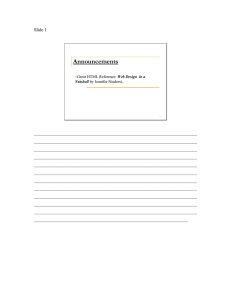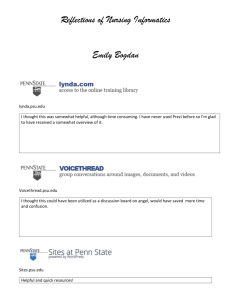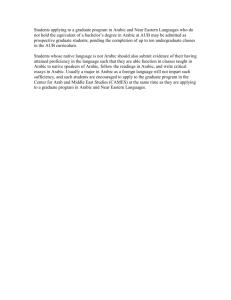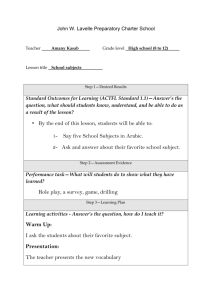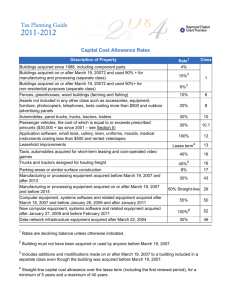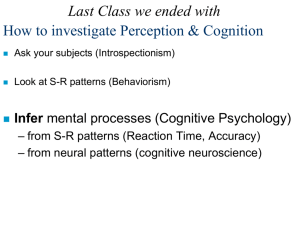Middle East Studies - University Libraries
advertisement
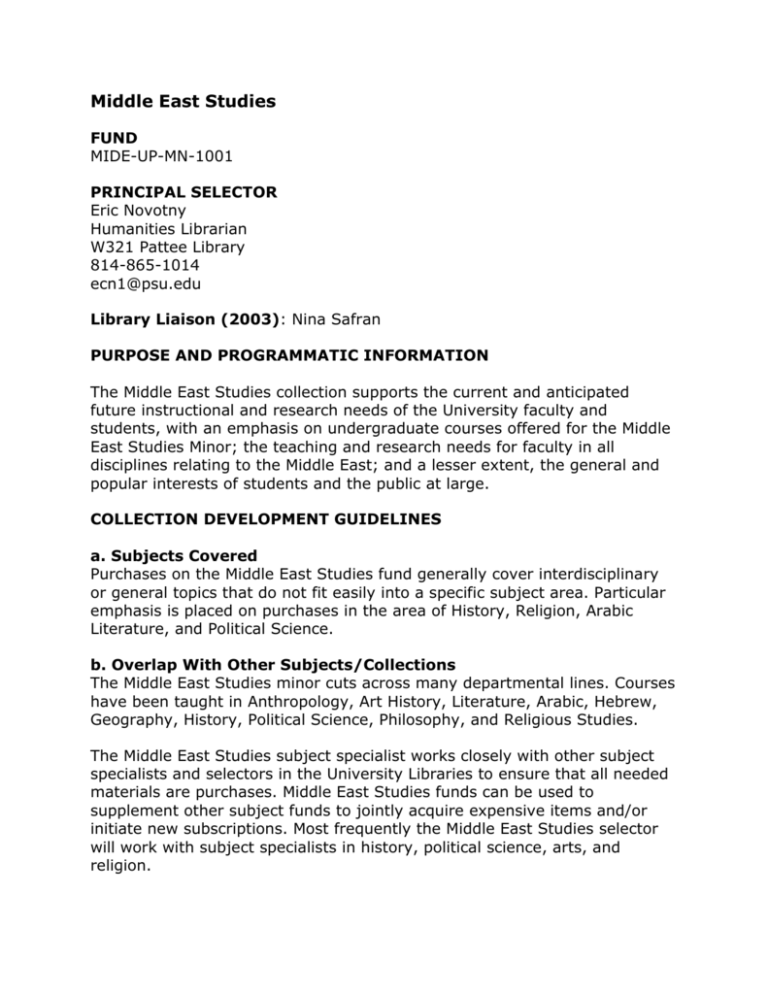
Middle East Studies FUND MIDE-UP-MN-1001 PRINCIPAL SELECTOR Eric Novotny Humanities Librarian W321 Pattee Library 814-865-1014 ecn1@psu.edu Library Liaison (2003): Nina Safran PURPOSE AND PROGRAMMATIC INFORMATION The Middle East Studies collection supports the current and anticipated future instructional and research needs of the University faculty and students, with an emphasis on undergraduate courses offered for the Middle East Studies Minor; the teaching and research needs for faculty in all disciplines relating to the Middle East; and a lesser extent, the general and popular interests of students and the public at large. COLLECTION DEVELOPMENT GUIDELINES a. Subjects Covered Purchases on the Middle East Studies fund generally cover interdisciplinary or general topics that do not fit easily into a specific subject area. Particular emphasis is placed on purchases in the area of History, Religion, Arabic Literature, and Political Science. b. Overlap With Other Subjects/Collections The Middle East Studies minor cuts across many departmental lines. Courses have been taught in Anthropology, Art History, Literature, Arabic, Hebrew, Geography, History, Political Science, Philosophy, and Religious Studies. The Middle East Studies subject specialist works closely with other subject specialists and selectors in the University Libraries to ensure that all needed materials are purchases. Middle East Studies funds can be used to supplement other subject funds to jointly acquire expensive items and/or initiate new subscriptions. Most frequently the Middle East Studies selector will work with subject specialists in history, political science, arts, and religion. c. Languages Collected To meet the needs of the undergraduate Middle East Studies minors, an emphasis is placed on English language materials. Materials in Arabic and other languages will generally only be acquired on this fund to support specific faculty interests. d. Geographical Limits The Middle East Studies minor encompasses the area including Afghanistan, Turkey, Iran, and the Arabic-speaking countries of southwestern Asia and northern Africa. e. Chronological Limits Emphasis is placed on obtaining current materials, but core works will be collected regardless of age. Older materials will also be collected to fill gaps in the collection. All time periods are collected, with an emphasis on the Islamic period, i.e. from the 6th century A.D. onward. f. Types of Materials Collected and Excluded The library routinely acquires academic and trade publications focusing on the Middle East via our U.S., U.K. and German approval plans. Additional monographs and other materials are acquired by selectors for their subject areas. U.S. and international Government documents are currently selected by subject specialists in the Social Sciences Library. Legal materials are primarily acquired by the law school at Dickinson College. The Middle East Studies finds supplement the acquisitions efforts described above. An emphasis is on interdisciplinary treatments that may fall outside the scope of any single subject selector. Works collected include monographs, serials, reference works, and audiovisual materials. Most works are acquired in paper, although electronic, A-V, or microformats may by appropriate for specific acquisitions. Dissertations, textbooks; juvenile material, pamphlets, music, popular periodicals and newspapers are typically not collected. OTHER CONSIDERATIONS The Middle East Studies specialist works closely with other library faculty and teaching faculty to assure that most current and appropriate materials are purchased. Several sources are monitored for ongoing collection development including relevant discussion list, and review sources such as Choice, MELA Notes, Middle Eastern Studies, and the Middle East Journal. Suggestions from students and the general public are also taken into consideration. Finally, formal collection assessment is done to assure that the collections are meeting the needs of all researchers, faculty and students. This includes surveying faculty, comparing PSU holdings with core collection lists, and monitoring interlibrary loan trends. Submitted by Carolyn Jamison, August 1985 Updated by Eric Novotny, February 2003

